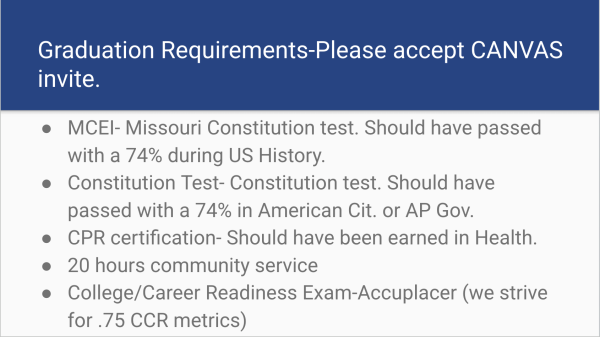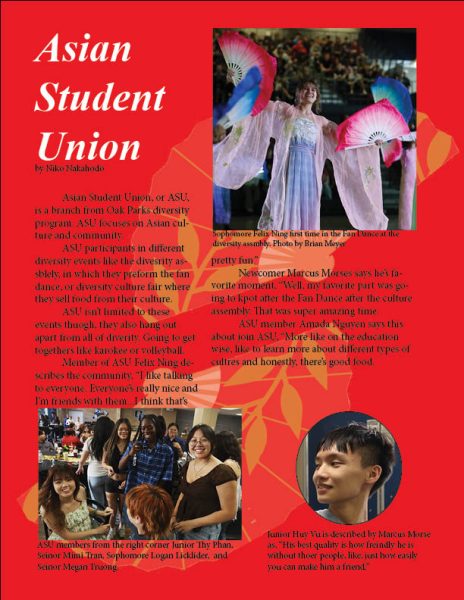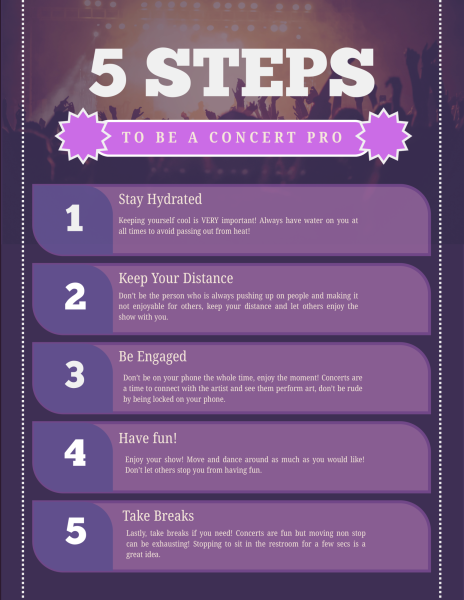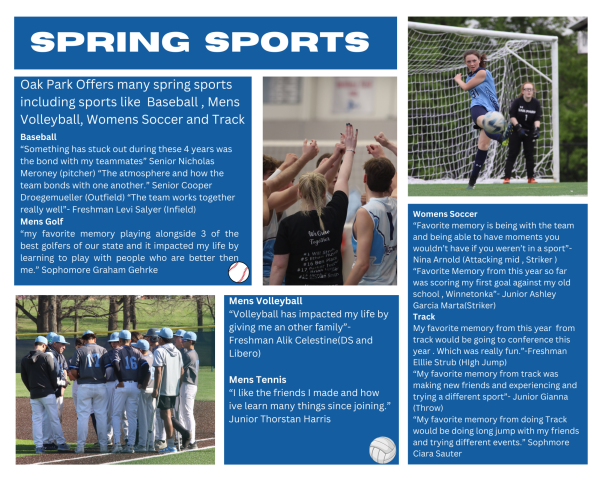How to: Make a yearbook
This year’s Cambia yearbook has recently arrived.
Every year, the Cambia staff works hard from summer to spring to bring us a yearbook more than 200 pages long, featuring the students. In the 2016-17 school year, they faced this challenge with a very small staff, many of whom were new to creating a yearbook, including their advisor.
But… making a yearbook can’t possibly be that hard, can it?
Here are the steps to making a yearbook about your school, over the course of one year.
- In the summer, before the school year starts, meet with your full staff at journalism camp.
- “This summer was mostly learning about the new software,” said Cambia staffer Ashton Berry.
- You need to know how to design, edit your photos, and create videos on your software. Some of the tools that the Cambia staff used included the Balfour online software, Aurasma video app and several programs in the Adobe suite.
- Also in the summer, decide on a visual theme with your staff. The theme will be spread throughout the yearbook in designs and photographs and will help to make your whole book look solid and cohesive. This year’s Cambia had a ‘triangle’ theme with “Transitions” as the verbal element. The staff did lots of brainstorming in the summer to figure out their theme and how to apply it.
- Decide what all your stories will be and when they are due, a.k.a. making a ‘ladder’. These include stories about sports, people, clubs, events like Homecoming or Mr. OP, and anything else important that happens in the year. Make sure to cover a little bit of everything, because it never feels good when you’re the one left out of the yearbook. Also schedule all your stories to be due at a reasonable time- it would be silly to have a spread about girls tennis due in October.
- “[During the year] students got a chance to pick from a list of spreads due during the next deadline,” said yearbook adviser Frieda Green. Pick your stories and learn all about the content. If you’re covering a sport or club, talk to all the members or teammates and their sponsors and coaches; if you’re talking about an event, go to the event yourself and talk to people there. Write down quotes from whoever you talk to and take pictures of practices, meetings, and events so that stories have a visual element. Document everything so you have plenty of content for the page.
- Once you have all the content for the page, design what the spread will look like, keeping in mind the theme that you and your staff decided on at the beginning of the year. Lay out the story and all the pictures that you can, along with informative and interesting captions for all the pictures.
- When the book is finished and published, and all the copies have arrived, pick a time and place to hand them out to students, and make sure you have a few extra copies for students who didn’t pre-order books.
- “We chose [to hand out the books in] the lunch room because everyone is there at some point, so we thought it would be a good place to get the most people at once,” said Berry.
- If some people don’t pick up copies, you’ll have to look up which classes they’re in so you can hand-deliver their yearbooks.
- Start preparing to go to journalism camp in the summer with your staff so that you can brainstorm new ideas, learn new software, and plan next year’s book.
- “We’ve already planned a pretty awesome release party for next year,” said Green.
About the Writer

Mina Buchholz, Writer
I’m Mina Buchholz, a sophomore at Oak Park. This is my first year on the Log, but second in journalism, and I also play golf, participate in Art Club,...










Kutiya • Jun 15, 2017 at 5:43 am
nice concept for making a year book successfully